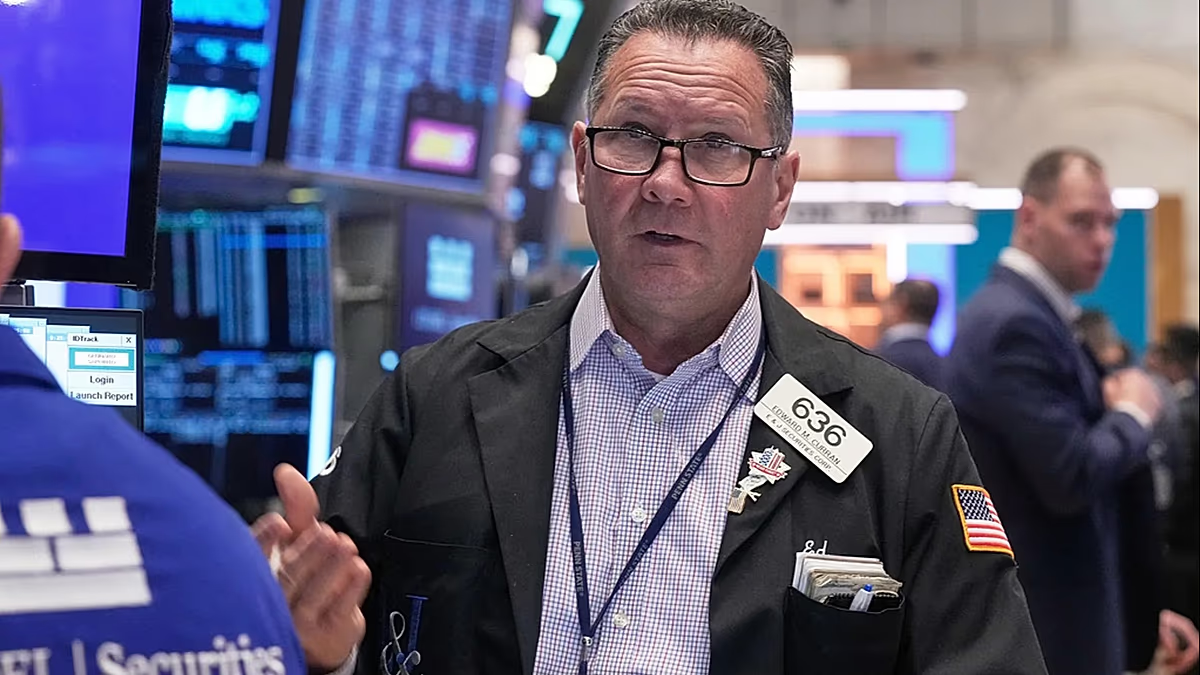Audience members applauded the financial journalist during last night’s The Martin Lewis Money Show Live when he challenged fashion brand Evans and restaurant chain Carluccio’s
Martin Lewis fired a direct warning to two well-known high street brands last night — insisting he has reported them to Trading Standards.
The money guru said fashion brand Evans and restaurant chain Carluccio’s have failed to change information on their websites about returns, claims he found were inaccurate after an investigation in the summer. Some 30 companies were identified by the broadcaster as misleading shoppers in July but, following Martin’s work, the majority swiftly amended their websites.
Two firms are no longer in business, which as of last night left Evans and Carluccio’s. Presenting The Martin Lewis Money Show Live on ITV, Martin looked directly at a camera and said: “Evans and Carluccio’s, you are wrong. Your websites are misleading, change them please. I have reported you to Trading Standards.”
The audience in Manchester clapped warmly at the tirade, which came amid a segment around consumer rights as Brits hit towns and cities for Christmas shopping. Martin informed the audience and viewers of their legal stances when it comes to returns and refunds, some of which appeared to surprise the crowd last night.
READ MORE: Martin Lewis tells ITV viewers ‘let me be very plain’ as he dispels myth about refundsREAD MORE: ‘The single tax leaves me £10k a year worse off – but I’ve found 10 ways to beat it’
Martin’s website, Money Saving Expert, lists the 30 companies and their misdemeanours, as uncovered in July. The majority of these have changed their websites since the article.
But the table states Evans, owned by the Arcadia Group, says words to the effect of: “Standard returns policy is 21 days for online orders.” However, Martin’s website states what it gets wrong. It says: “You have 14 days to change your mind, then a further 14 days to return the item, so a maximum of 28 days.”
And the table shows Carluccio’s, a chain of Italian restaurants which also offers gifts in its online shop, says word to the effect of: “You can return goods to Carluccio’s Online within 14 days of delivery.” Money Saving Expert writes beside this: “You have 14 days from delivery to change your mind, then a further 14 days to return the item.”
Martin’s team researched more than 400 of the UK’s most popular retail brands and had found 30 list online return policies which suggest customers have fewer rights than the law prescribes. It misled shoppers over their statutory return rights, and areas of their websites listed harsher criteria than the law requires them to offer. HMV, Home Bargains and The Range were among guilty parties but, in his show last night, Martin was quick to point out these have since corrected their websites.
The Mirror has contacted Evans and Carluccio’s for comment. The Martin Lewis Money Show Live said it too had approached the businesses before broadcast.


